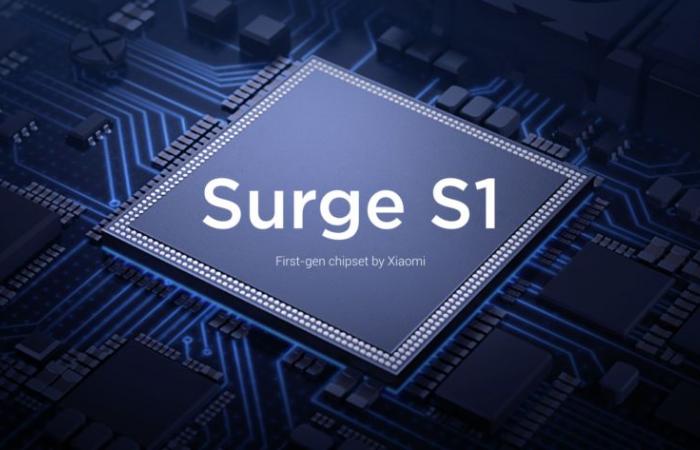
Xiaomi tried to join rivals Huawei and Apple in designing processors for their own branded mobile devices, but these initiatives fell on deaf ears. For example, she made this dream come true with the Mi 5c equipped with the Surge S1 processor; however, it was underpowered (and poorly distributed) compared to alternatives using Qualcomm silicon.
The OEM has continued to make its own subprocessors for specific functions such as power management and imaging, although it has failed to create its own full equivalents to Qualcomm’s Qualcomm Snapdragon processors. or MediaTek’s Dimensity processors.
Nonetheless, the long-awaited successor to the S1 is set to debut in 2025, according to a new report from Bloomberg ( ) Bloomberg. There is no indication as to whether it will be able to compete with the latest A18 Pro when it is released as its inaugural smartphone, although it is apparently intended to threaten products from MediaTek and Qualcomm’s MediaTek and Qualcomm in the Chinese market.
Xiaomi might have other reasons to develop its own silicon; for example, now that the OEM is an EV it will almost inevitably find its components from the SU7 series sU7 series, always hungry for chips of all kinds.





